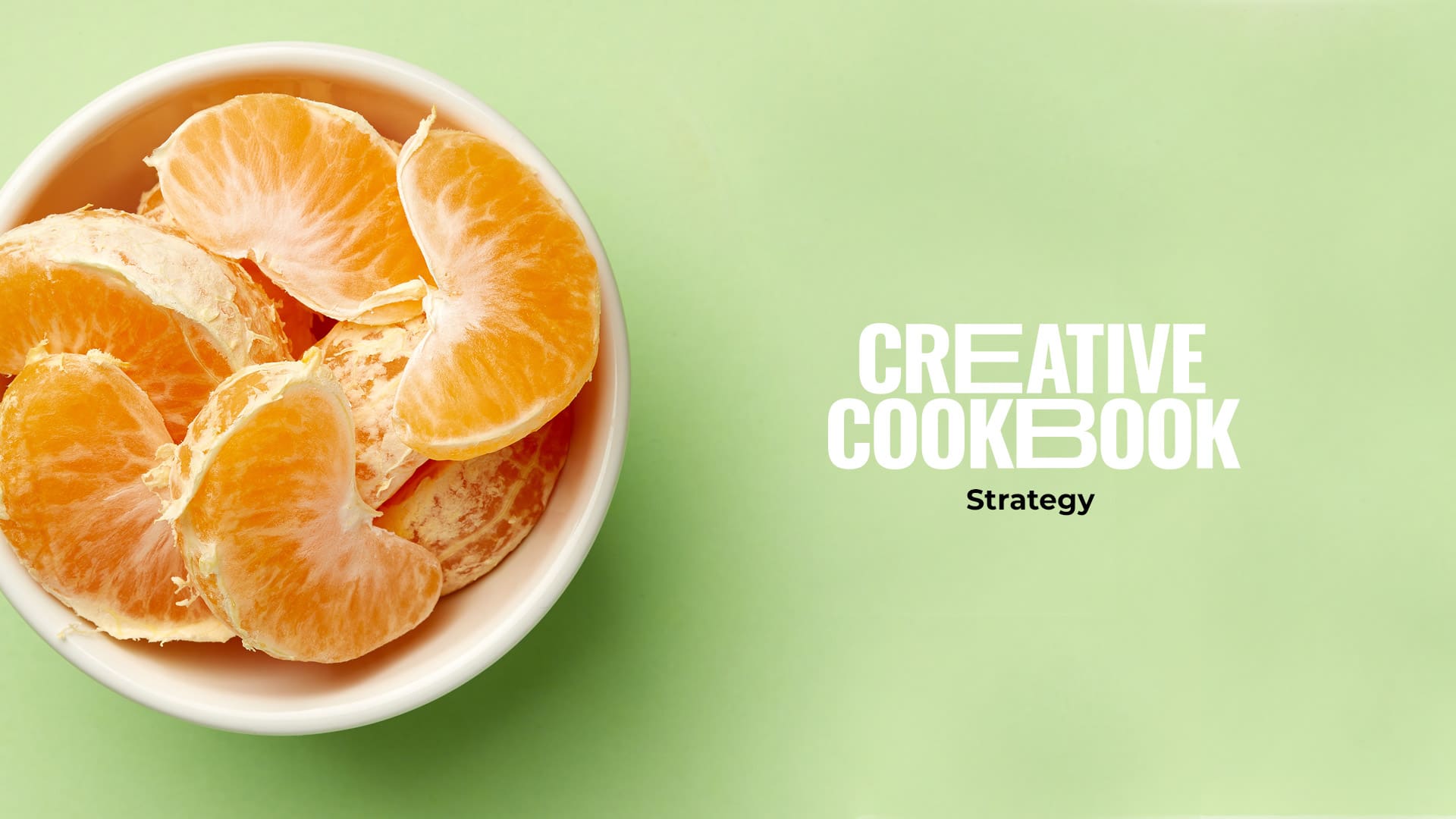Not getting as many site hits as you’d like? Or maybe your social media pages aren’t generating much interest. If that’s the case, then it’s probably time you revamped your digital marketing strategy.
Truth is, most top performing businesses are following effective digital marketing strategies. So, if you want similar success online, you’ll need to be using one yourself. Now, it might sound complicated, but we’re going to simplify it for you in this article.
So, if you’re ready to stretch your brand reach and start pulling in more customers, let’s get to it.
Step 1 – know who you’re cooking for
Crafting a digital marketing strategy is a lot like planning a dinner party. If you want it to be a hit, you’ll first need to know who you’re cooking for. You might make a mean cheeseburger, but, if you serve it to a table of vegetarians, it’s unlikely to be a smash hit.
Your digital marketing strategy is no different. If you aim it at the wrong people, it’ll be less successful. So, your first step will be to define your target audience. While you might be tempted to rely on intuition and educated guesswork to do this, hard data and experience will give you a clearer picture.
Here’s why:
Let’s say you’re selling video games. You’d assume your target audience is teenagers; seems like a safe bet. But research shows that the average age of gamers is 34. In this case, intuition could cause you to market your product to the wrong demographic, alienating a chunk of your potential customers. Not good for business.
Here’s 3 simple tools you can use to give you a more accurate picture of your target market:
• Google Analytics – tells you gender, age and location of your audience and what devices, browsers and social-media channels they use
• Sales Team – Your sales team will be interacting with customers every day, so they’ll be brimming with useful information
• Reviews & Testimonials – Google, Facebook, Trustpilot and other review sites will provide a goldmine of information that’s loaded with detail about your audience
On to step 2.
Step 2 – sending out the invites
Let’s stick with the dinner party theme. Once you’ve worked out who you’re cooking for, you need to send out some invites. Otherwise nobody’s going to come, right?
Similarly, if nobody knows about your brand, then nobody is going to engage with it. So, you’ll need to dedicate a chunk of your digital marketing strategy to creating awareness. Let’s have a look at a few ways you can do it.
First, organic search will be your first port of call. As a minimum, you’ll need your website ranking top 10 on google for a handful of high-volume and relevant search terms. And you do this with keyword targeting.
Hint: this will be a lot more effective if you’ve done the target market groundwork from step one.
You should also consider using Google Ads; a paid advertising platform that places your website at the top of the Google search results. As with organic search, success is down to understanding your target market and choosing valuable keywords.
Second, social media is also going to play a big part. And, since different demographics have different social media habits, your target market research is going to influence the channels you choose to advertise on.
As an example, only 32% of 13-17 years olds use twitter. If that’s your target market, advertising on the platform isn’t going to be fruitful. But, since 72% use Instagram, you’ll see more green shoots if you focus your advertising efforts there instead.
Most social platforms also offer paid advertising services to help you get more exposure to larger audiences. The benefit of this is that you have access to incredibly detailed demographic information, allowing you to target your ads to specific age ranges, job titles, and interests. This means that you can ensure your ads are seen by those most likely to be interested in what you’re offering.
Okay, nearly there. One last step, and this is the fun part!
Step 3 – cooking up the food
Okay, one last dinner party simile, I swear…
When it comes to midweek meals, we’re happy to chuck a bunch of random ingredients into a pan and see what happens. But, when we’ve got guests coming over, the stakes (steaks?) are higher. In which case, we’ll probably stick to a tried and tested recipe. Because we know it’ll be a hit.
Likewise, there are proven recipes you can use to ensure your ads go down a treat. Here are 2 simple ones you can start using today to help make your ads better:
AIDA – Stands for Attention, Interest, Desire, Action; a 4-step formula for crafting your ad.
Here’s how it works:
Attention
First, craft a captivating headline to grab your audience’s attention.
Interest
Second, generate interest by showcasing the benefits using your product offers.
Desire
Third, create desire for your product by using loaded language that triggers an emotional reaction.
Action
Finally, end with a clear call-to-action that inspires your reader to make a move.
PAR – Stands for problem, agitate resolution; particularly effective for social media ads.
Here’s how it works:
Problem
Start your ad by bringing up a problem or pain-point your reader will identify with.
Agitate
Agitate the problem by talking about the impact it has on the life of your reader.
Resolution
Finally, show your reader how your product or service resolves the initial problem or pain-point.
As with step 2, the effectiveness of your ads will depend on the quality of your target market research. By understanding the unique wants, needs, desires and problems facing your unique target audience, you’ll be better able to craft compelling content that they’ll want to engage with.
Wrap-up
Let’s do a quick recap. In order to cook-up a good digital marketing strategy you’ll need to:
• Define your audience – using a combination of data, sales team knowledge and review site insights
• Decide your platform – define your website and Google Ads keywords using target audience info and decide on social media platforms using analytics demographic info
• Craft impactful adverts – combine target audience learnings with proven advertising formulas to craft compelling adverts
While this is a data-driven, formula-based approach to your digital marketing strategy, there’s always room to flex your elastic muscles and sprinkle a dash of creativity on your ads.
We use these models and formulas because they’re proven to be effective. But, success in marketing is found in the fusion of the creative and the strategic. Art for art’s sake might be pretty, but it’s not going to be effective. Similarly, focussing too much on strategy will fail to win hearts. Find the sweet spot between the two and you won’t go far wrong.



